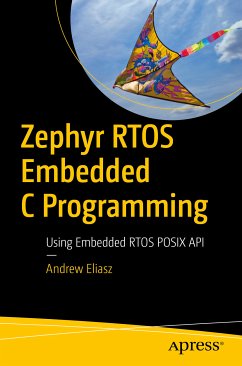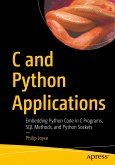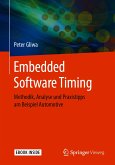Another feature of real-time applications is the careful design and implementation of the communication and synchronization between the various tasks. The Zephyr RTOS was developed by Wind River Systems, and subsequently open sourced. Its design and implementation are oriented towards the development of time critical IoT (Internet of Things) and IIoT (Industrial Internet of Things) applications, and, consequently it has a rich feature set for building both wireless and wired networking applications. However, with a rich feature set comes a fairly steep learning curve.
This book covers the foundations of programming embedded systems applications using Zephyr's Kernel services. After introducing the Zephyr architecture as well as the Zephyr build and configuration processes, the book will focus on multi-tasking and inter-process communication using the Zephyr Kernel Services API. By analogy with embedded Linux programming books, this book will be akin a Linux course that focuses on application development using the Posix API. In this case, however, it will be the Zephyr Kernel Services API that will be the API being used as well as the Posix API features supported by Zephyr.
What You'll learn
- An Overview of the Cortex-M Architecture.
- Advanced data structures and algorithms programming (linked lists, circular buffers and lists).
- How to build Zephyr Applications, including setting up a Command Line Zephyr Development Environment on Linux.
- Task scheduling and pre-emption patterns used in Real Time Operating Systems.
- Scheduling, Interrupts and Synchronization, including threads, scheduling, and system threads.
- Overview of Symmetric Multiprocessing (SMP) and Zephyr support for SMP.
- Memory management, including memory heaps, memory slabs, and memory pools.
Who This Book Is For
Embedded Systems programmers, IoT and IIoT developers, researchers, BLE application developers (Industrial Control Systems, Smart Sensors, Medical Devices, Smart Watches, Manufacturing, Robotics). Also of use to undergraduate and masters in computer science and digital electronics courses.
Dieser Download kann aus rechtlichen Gründen nur mit Rechnungsadresse in A, B, BG, CY, CZ, D, DK, EW, E, FIN, F, GR, HR, H, IRL, I, LT, L, LR, M, NL, PL, P, R, S, SLO, SK ausgeliefert werden.
Hinweis: Dieser Artikel kann nur an eine deutsche Lieferadresse ausgeliefert werden.









